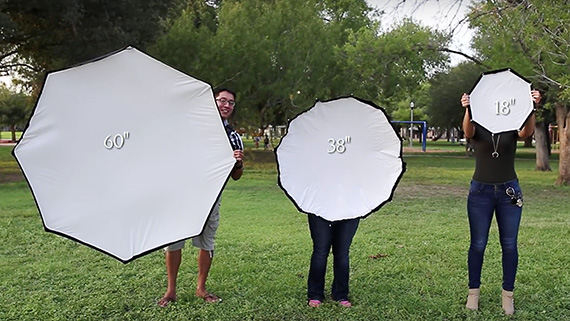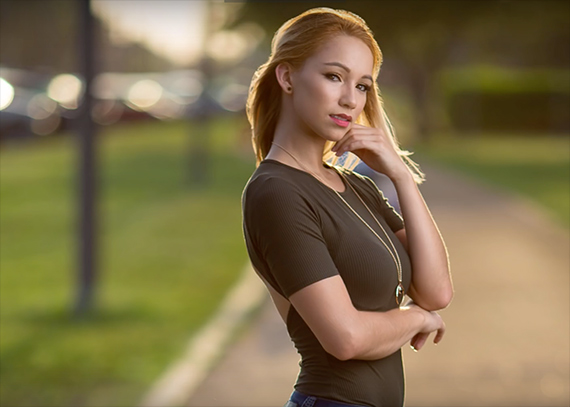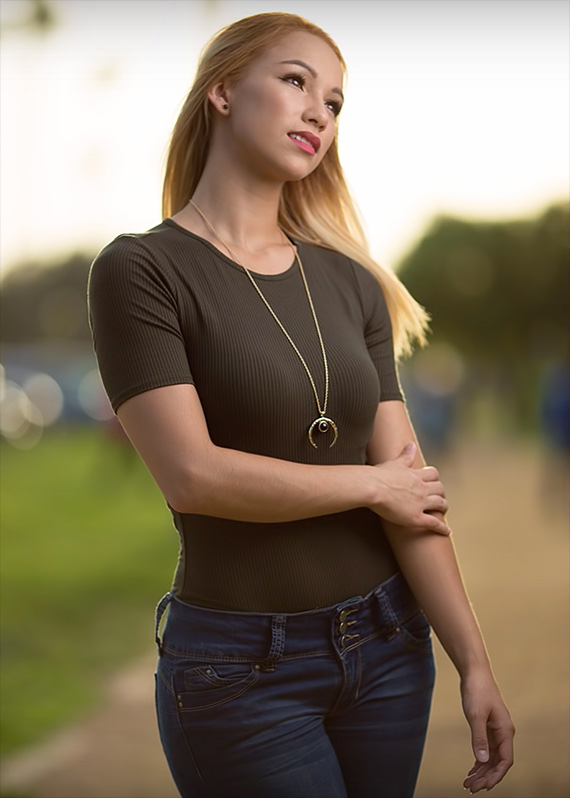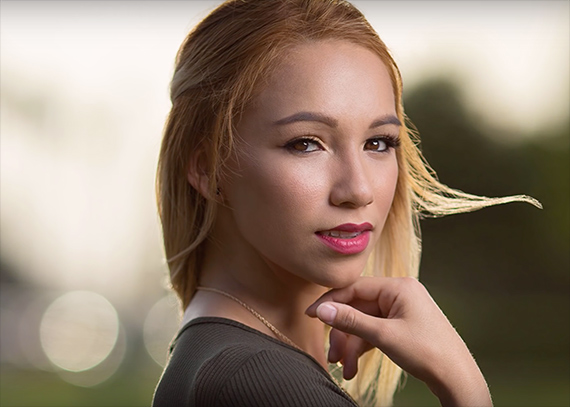Did you know that when it comes to your light source, size really does matter? While bigger isn’t always necessarily better, there’s no doubt that individual sources impact the look of a subject in vastly different ways. Francisco Joel Hernandez demonstrates how octaboxes and diffusers of all shapes and sizes can effect an image for better or worse:
On today’s market, the range of octaboxes available can be a bit difficult to navigate. How exactly does an artist determine which equipment is best suited to their needs? The following highlights a few of the pros and cons that come with different sized light sources.

The 60″ Fotodiox Octa produces a broad light ideal for group photographs or full body shots. As one of largest options available, it’s an excellent choice for any photographer seeking a beautiful, evenly dispersed light across an expansive subject. However, there are some issues that come along with this set up. The octabox itself is much heavier and harder to maneuver than its smaller counterparts. An assistant is recommended when using a light source so large, especially when working outside of a controlled environment. Models such as the 60″ Fotodiox run a much greater risk of falling over, which could result in damage to your equipment (or, at the very least, a major distraction from your shoot).

The 38″ Glow ParaPop provides a soft, flattering light, though to a lesser extent than its larger counterparts. While photographers should still be wary of their equipment falling over in a gust of wind, the 38″ Parapop is a managable option that’s somewhat portable while still capable of exposing multiple subjects. A happy medium, the ParaPop is perhaps the most versatile of the models Hernandez tests out.

The 18″ Fomito Softbox Grid is the lightest and most travel friendly option, making it an excellent choice for location shots. The smaller size of the Octabox makes it more stable and less likely to fall over, making an assistant on location much less necessary. However, it’s important to keep in mind that the smaller softbox grid will produce a much more directional light that can be unflattering or insufficient for certain subjects. One way of countering this effect would be to power down the supplying strobe or speedlite and allow for the ambient light to fill in some of the scene.

All in all, there’s no catch all lighting scenario perfect for any situation you may encounter. However, there are stylistic and logistic reasons for choosing one piece of gear over another. Keep in mind the advantages and disadvantages that come with each. Any size can be the right one depending on the circumstance!
Go to full article: Octabox Size Comparisons for Portrait Photography
What are your thoughts on this article? Join the discussion on Facebook
Article from: PictureCorrect
The post Octabox Size Comparisons for Portrait Photography appeared first on PictureCorrect.